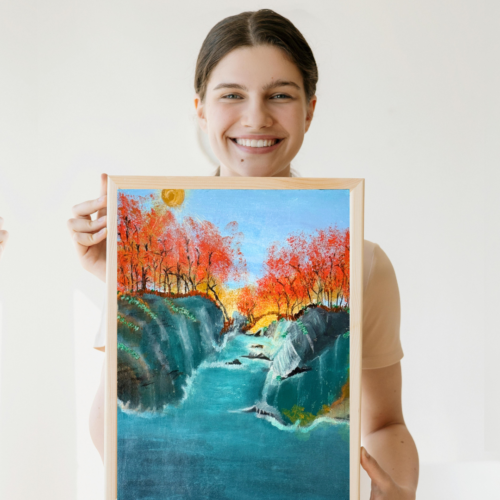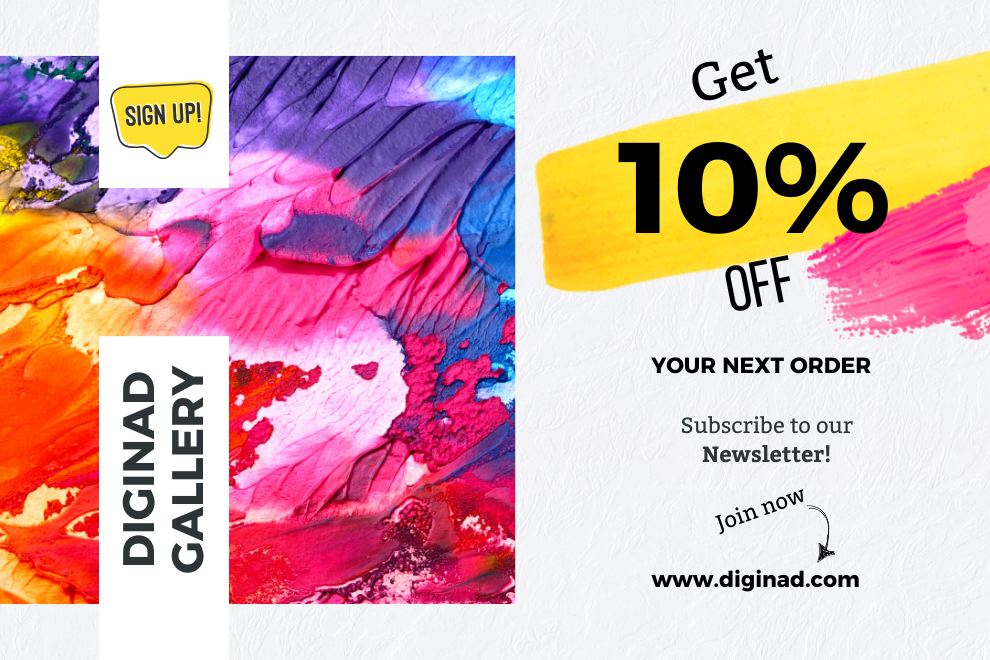AI in Art: Is Artificial Intelligence Replacing Human Creativity?

Artificial intelligence (AI) has revolutionized various industries, and the art world is no exception.
Artificial intelligence (AI) has revolutionized various industries, and the art world is no exception. With AI-generated art becoming increasingly sophisticated, many are questioning whether AI is replacing human creativity or merely serving as a tool for artistic expression. Let’s explore the impact of AI in art, ethical concerns, and its potential future in the creative industry.
AI-Generated Art: A New Creative Frontier
AI-generated art has gained mainstream attention with tools like DALL·E, MidJourney, and Deep Dream producing stunning digital artwork. These programs analyze vast datasets of existing art, learn patterns, and generate unique pieces based on user prompts. Some key advantages of AI in art include:
- Efficiency and Speed – AI can create complex artwork in minutes, whereas human artists may take hours or days.
- Accessibility – AI tools enable individuals with little artistic training to generate visually compelling pieces.
- Collaboration Opportunities – Artists can use AI as an assistant to enhance their creativity rather than replace it.
Ethical Concerns of AI in Art
Despite its advantages, AI in art has raised significant ethical debates, including:
- Copyright and Originality – AI models are trained on existing artworks, often without permission from original creators. This raises questions about ownership and intellectual property rights.
- Job Displacement – With AI’s ability to generate high-quality images, some fear it could replace human illustrators, concept artists, and designers.
- Authenticity and Artistic Value – Can AI-generated works hold the same emotional depth, storytelling, and meaning as human-created art?
The Future of AI in the Creative Industry
Rather than replacing artists, AI is more likely to reshape the creative process. Here’s how AI might evolve in the art world:
- AI as a Creative Partner – Many artists already integrate AI into their workflows, using it to generate ideas, refine compositions, and speed up production.
- New Forms of Art – AI has introduced generative design, algorithmic art, and interactive installations, pushing the boundaries of traditional art forms.
- Evolving Ethical Guidelines – As AI advances, regulations may emerge to ensure fair attribution, ethical use of datasets, and better protection for human artists.
Conclusion
While AI is undeniably transforming the art world, human creativity remains irreplaceable. AI-generated art should be seen as an expansion of artistic possibilities rather than a threat to traditional artistry. By embracing AI as a tool rather than a competitor, artists can explore new frontiers and redefine the future of creativity.
At DIGINAD, we celebrate innovation and human artistry alike. Whether you create using AI-assisted tools or traditional digital techniques, our platform provides a space to showcase your unique talent to a global audience!
#ai #artificialintelligence #art #digitalart #aiart









